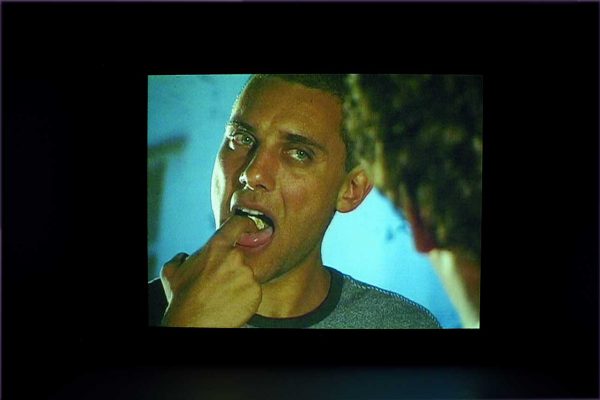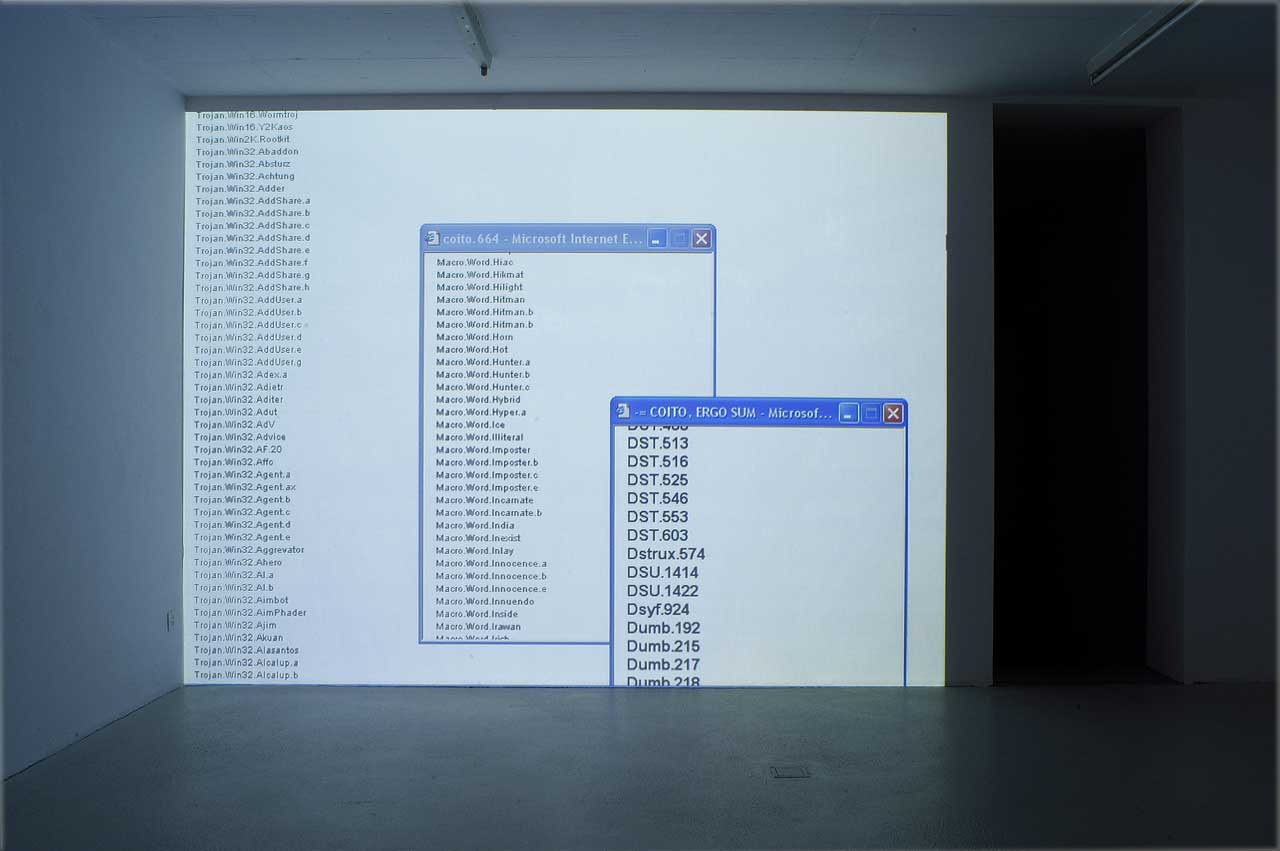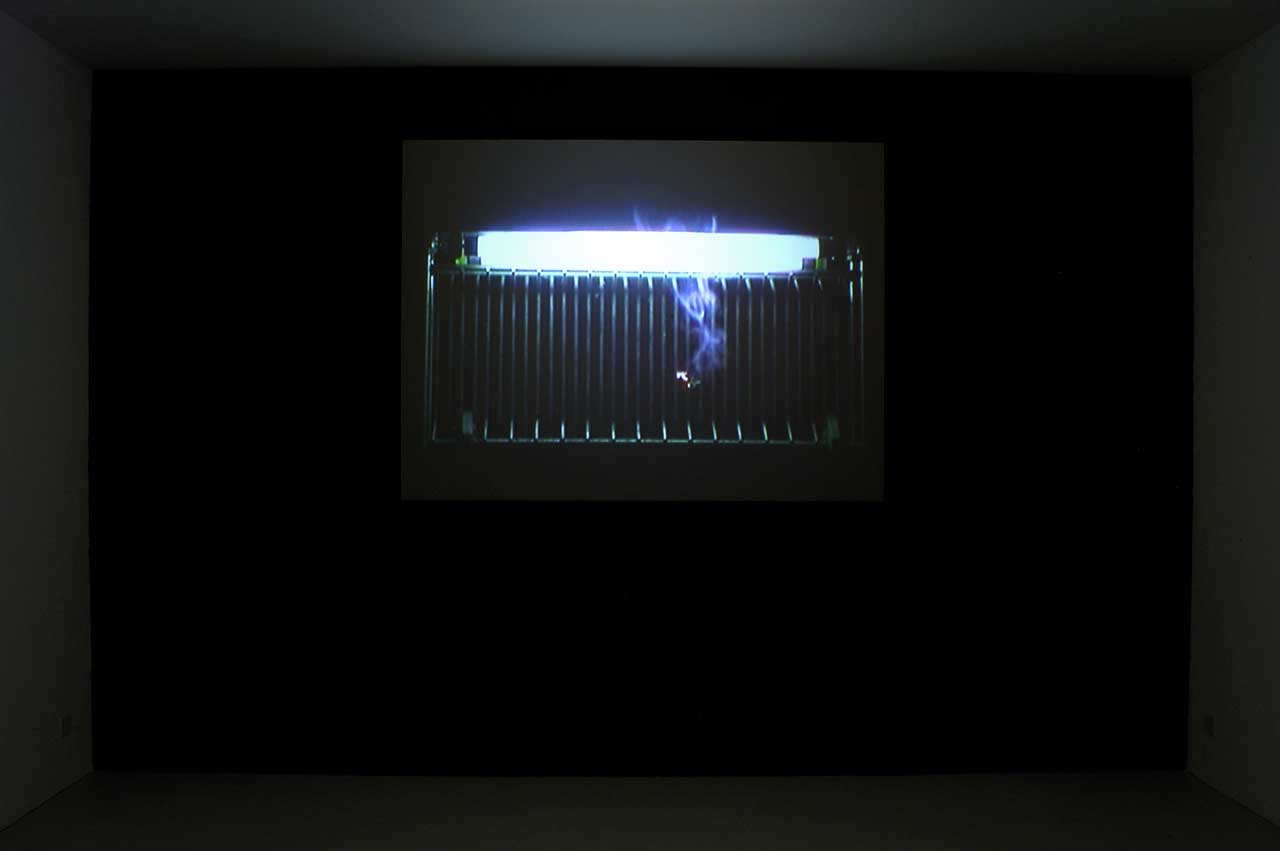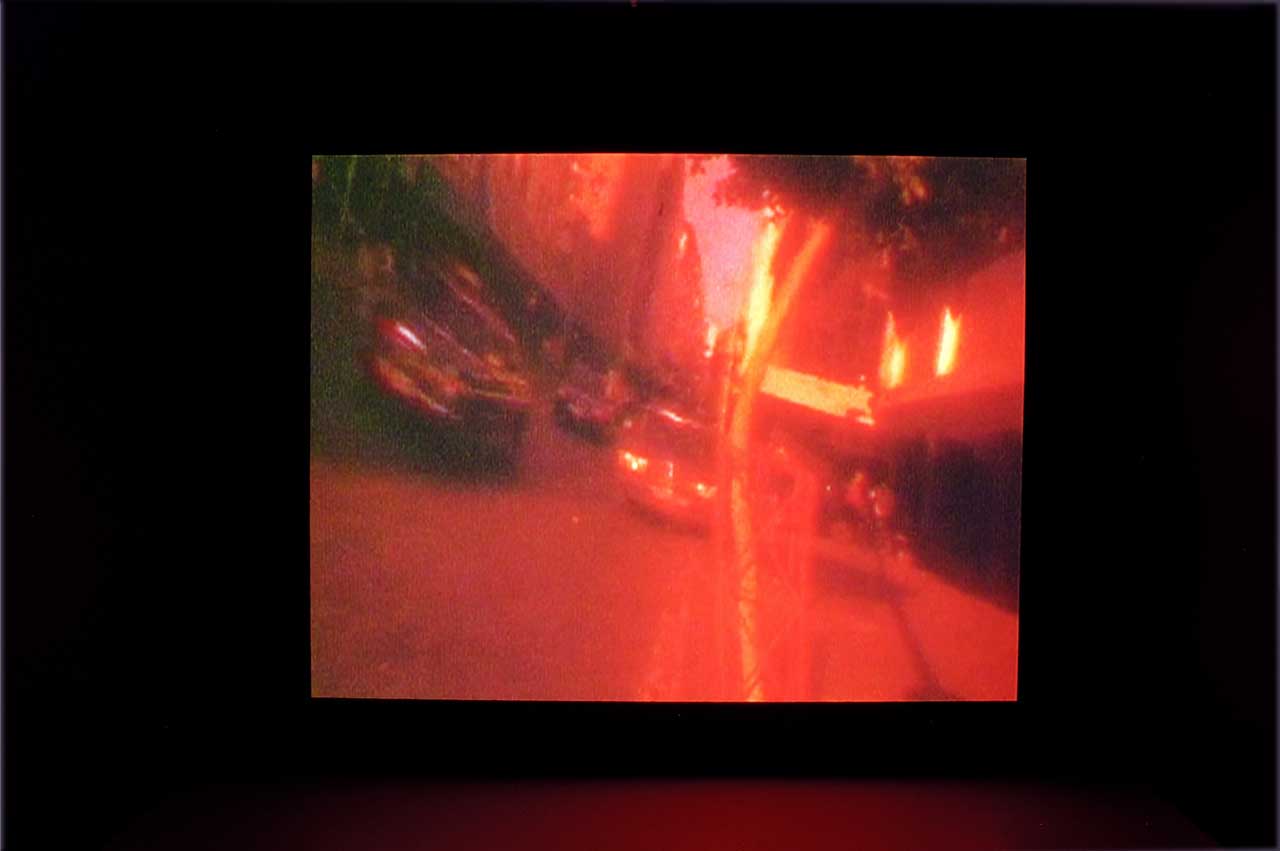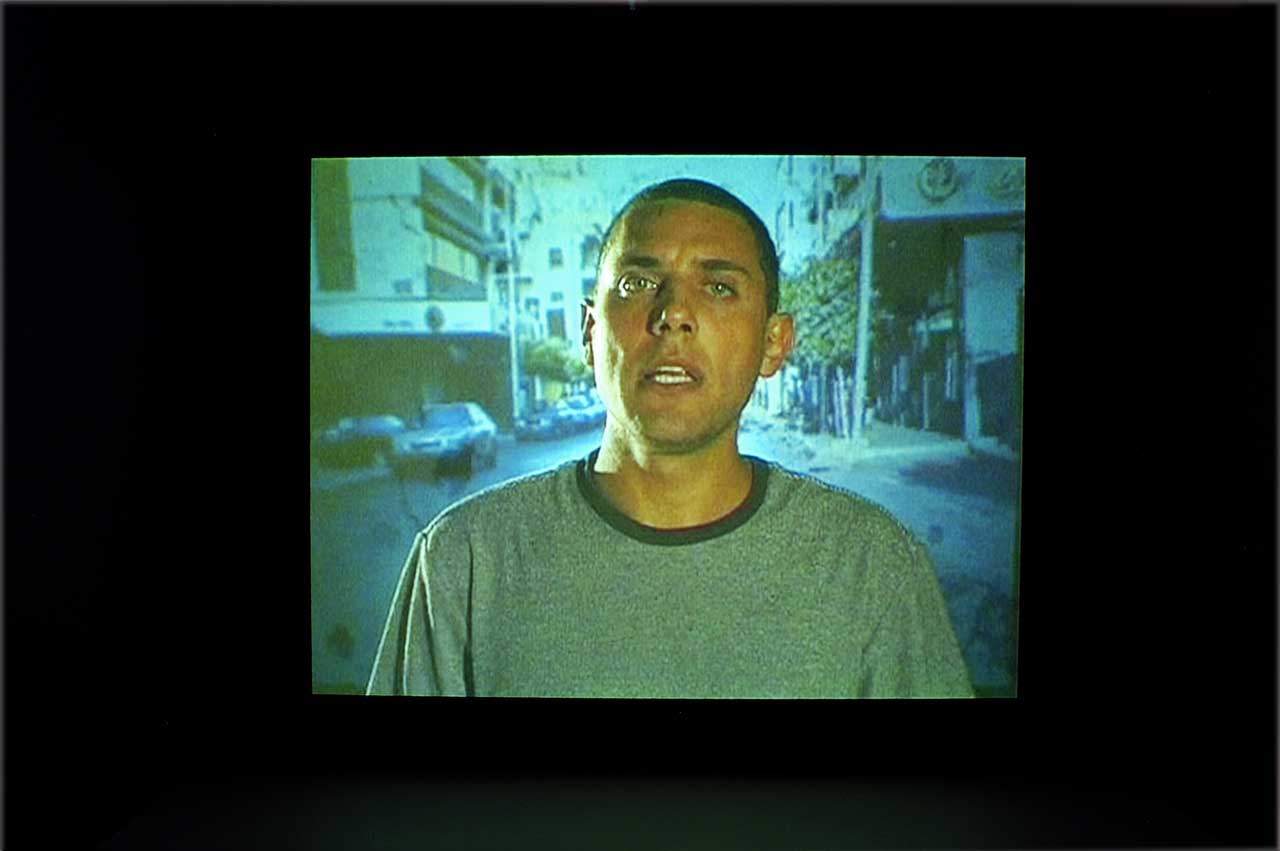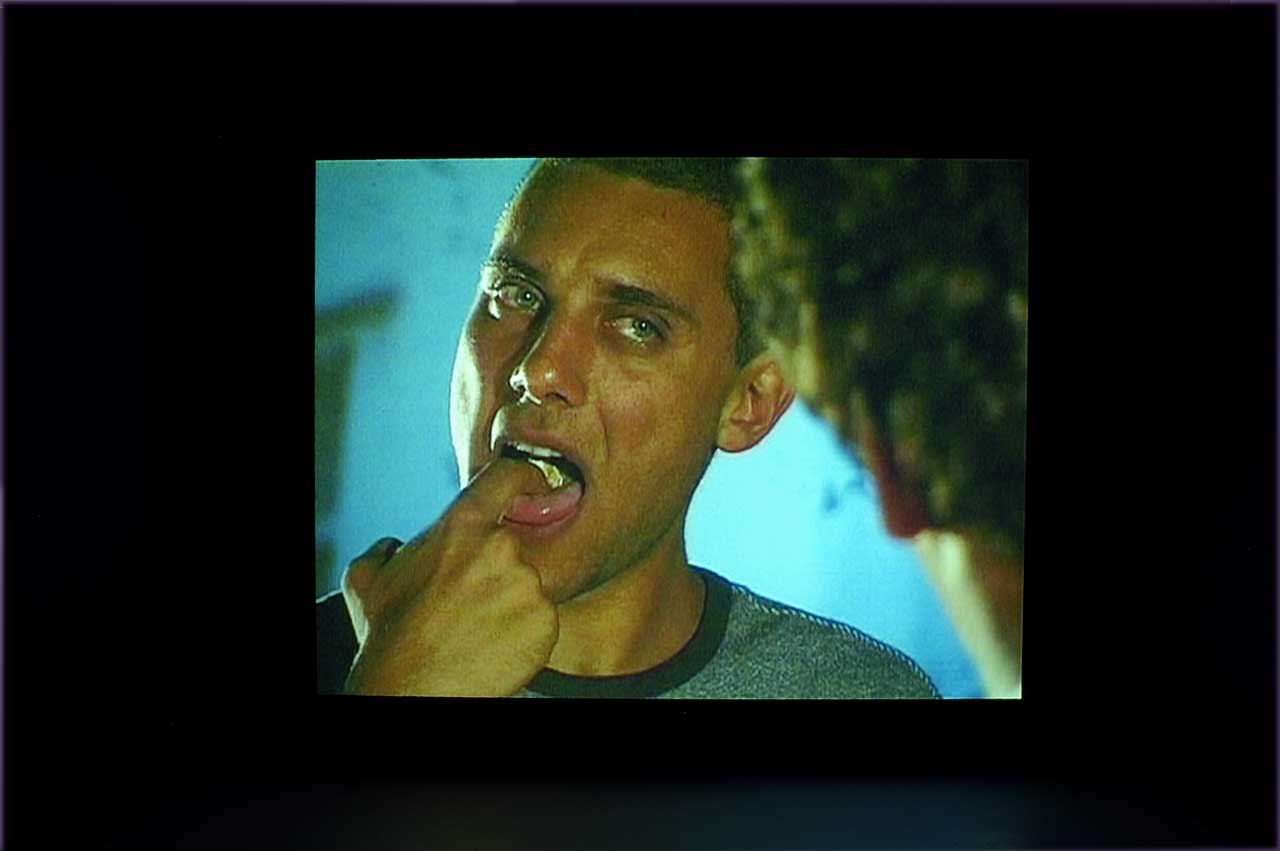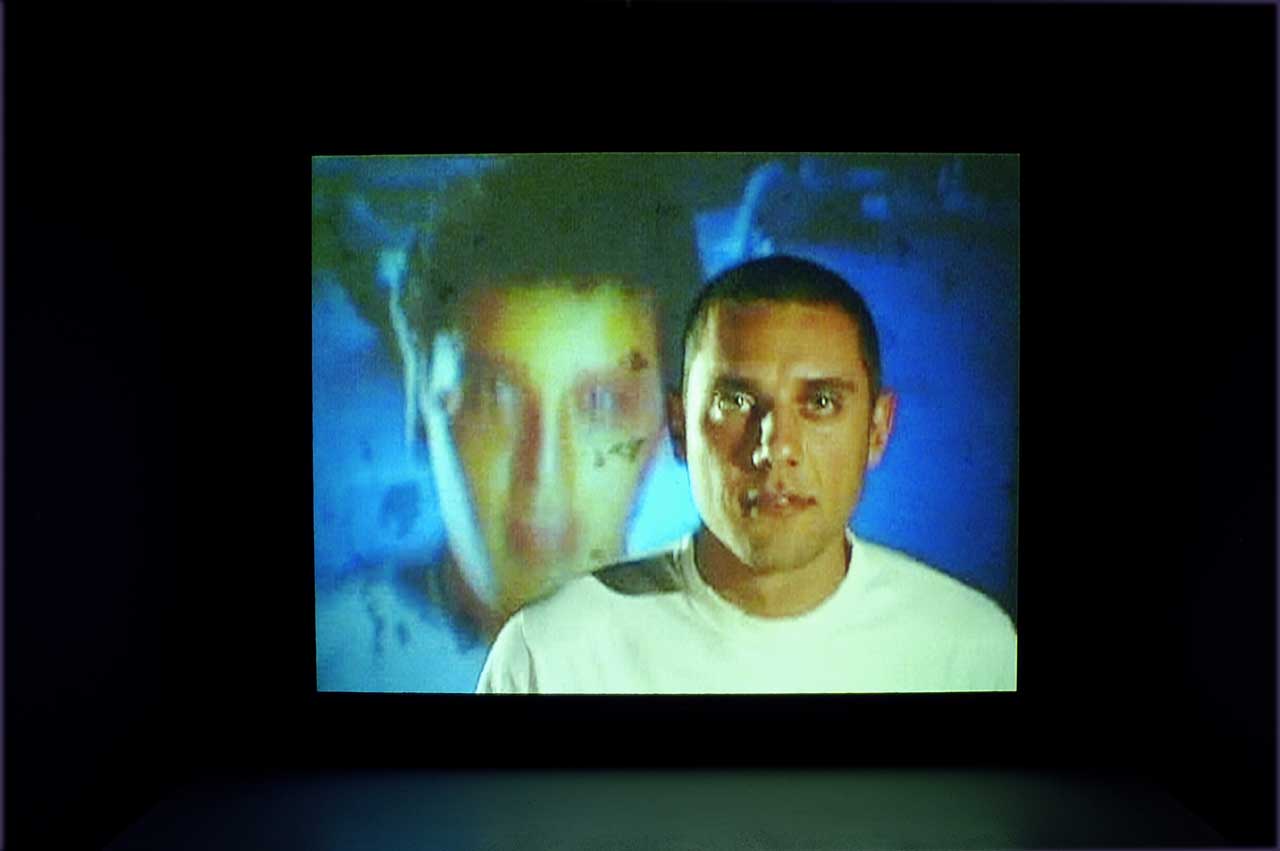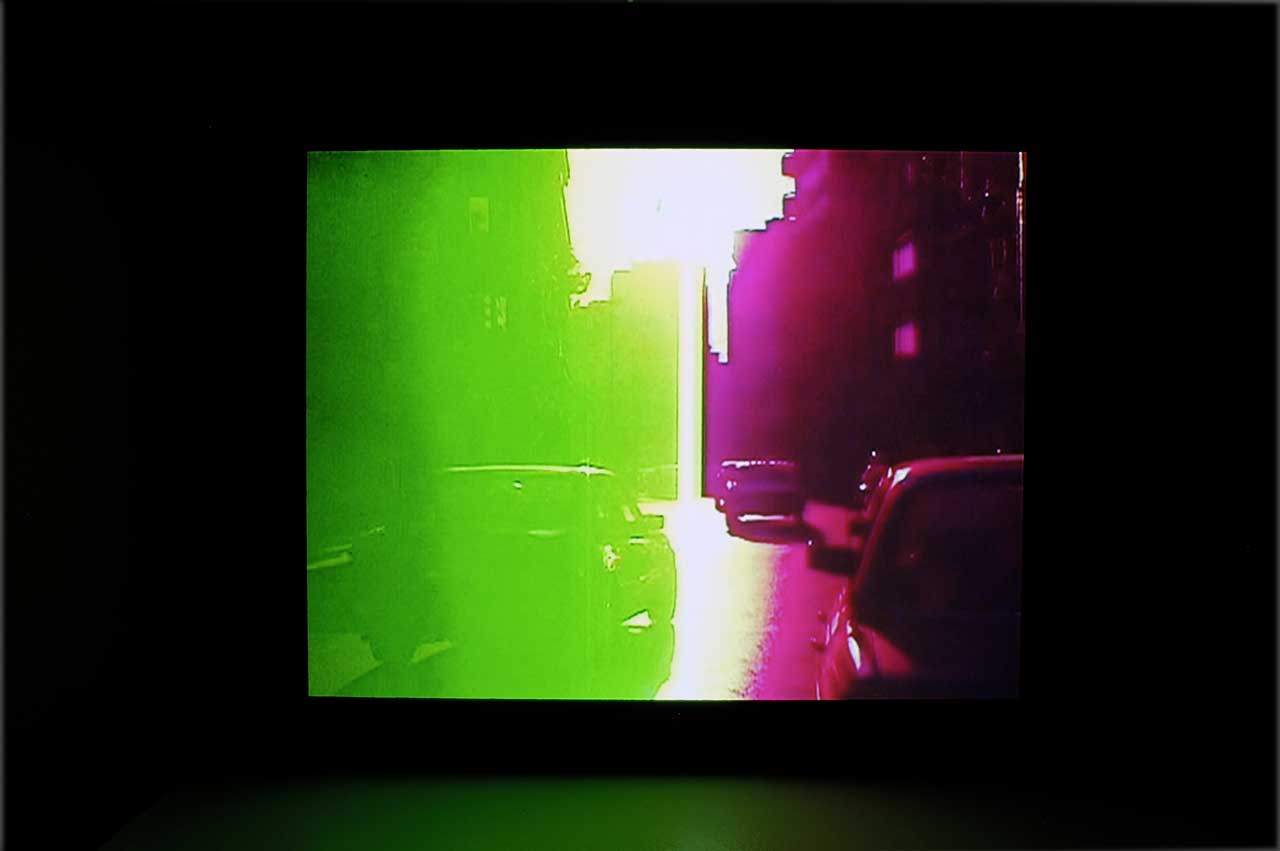Compulsory Cohabitations
Mounir Fatmi / Fabrizio Giannini / Massimo Vitangeli / Akram Zaatari and others.
12 March – 30 April 2005
With this first exhibition of the year, CACT presents artists coming from the Mediterranean, the Balkans and the Middle East, and the Arab world in general. Underlying COABITAZIONI COATTE / COMPULSORY COHABITATIONS, an exhibition primarily made up of video works, is an accusation against the contemporary world and, even more so, against the political, social and ethical-moral practices that belong to a precise geographical area.
We are living in an important historical period where changes in our relationship with history and the way we work through history, as well as our relationship with the society of institutions, betray the increasingly wide gap between the real and the institutional world. We are all witnesses to the growing tendency towards eliminating both individual and collective liberties, which are now being forcefully replaced by manipulation, a violent cultural colonialism and the exclusively political-economic spread of a north-south concept. The at times blatant demagoguery of political operations is fuelled by a system of networks in the hands of one class. The concept of dialogue is being replaced by preventive war, moderation by forced politicisation in a climate where it has now become difficult to distinguish the true from the real.
How are we to interpret the recent changes in contemporary society? As an attempt to contaminate free thought, culture and traditions, and to inhibit – if not to eliminate completely – all personal judgement?
At this delicate historical moment of perturbation and crisis the artist takes on an almost shamanic role as a transformer of political-monetary-carnal values into totally spiritual values. He/she no longer uses an exclusively expressive means but rather re-appropriates his/her status as a comparative agent at work in the media.
With his video projection MANIPULATIONS (2004), the Moroccan artist Mounir Fatmi (1970) presents the themes of the game as a creative element, mental imagination and the thousand combinations of life. This both critical and self-critical work offers a vision of the Arab world which is encapsulated visually in a close-up of two hands playing incessantly with the famous Rubik’s cube, trying to make each side of the cube into a single colour. Soon, however, the colours fade to make way for the non-colour of black; the form of the black cube thus refers to the Kaaba, one of the oldest Muslim shrines in the world. The hands become dirtied and dripping with paint to indicate not only split blood but also oil, the economic bone of contention between West and East.
Fabrizio Giannini (1964), a Swiss multimedia artist, also presents a video projection, a work which is, so to speak, telematic or connected to the world of technology and bears the title COITO.664 (2005). A computer projects on to a wall a sequence of many of the names of computer viruses present today on the market of the computer diseases we are forced to live with. The computer has become a means of communication which brings together all the geographies of the world, including cultural geographies. It is a weapon of interactive information which by definition reflects the concept of globalisation. As part of a purely technological reflection, Giannini brings the discussion onto the level of issues linked to machines.
MORNING STAR #2 (2004) is the evocative title of a short clip by the couple Salis & Vitangeli (Giovanna Salis, 1970 & Massimo Vitangeli, 1950) which consists of the static image of a machine for killing the kind of insects that swarm around public places especially in summer. The machine uses electricity to burn and kill nocturnal insects, in particular the moths that are exclusive to the Mediterranean. The video reveals the systematic and conscious intention to kill these annoying creatures and is accompanied by a soundtrack that mounts to a climax (which heightens the drama) and then falls towards the end to represent death.
RED CHEWING GUM (2000) by the Lebanese artist Akram Zaatari (1966) is a work which tells the story of the separation of two friends, worked out through the almost random use of different temporal and spatial planes. The impotence of the narrator in the face of time that takes away the intimate experiences of life is manifested in the attempt to nostalgically reconstruct memory, to idealise experience. It is one last vain and desperate cry to exhume and to reactivate the past. Zaatari is a courageous interpreter of Lebanese society, denouncing political and cultural realities through themes such as identity and sexuality.
The exhibition can be visited by the public from Friday to Sunday from 14:00 to 18:00 and will stay open until April 30, 2005.
Mario Casanova, 2005
(Translation Ian Harvey)
Ph Thomas Banfi. Copyright MACT/CACT.
Where
MACT/CACT
Arte Contemporanea Ticino
Via Tamaro 3, Bellinzona.
Opening hours
Friday, Saturday, Sunday
2 p.m. – 6 p.m.

